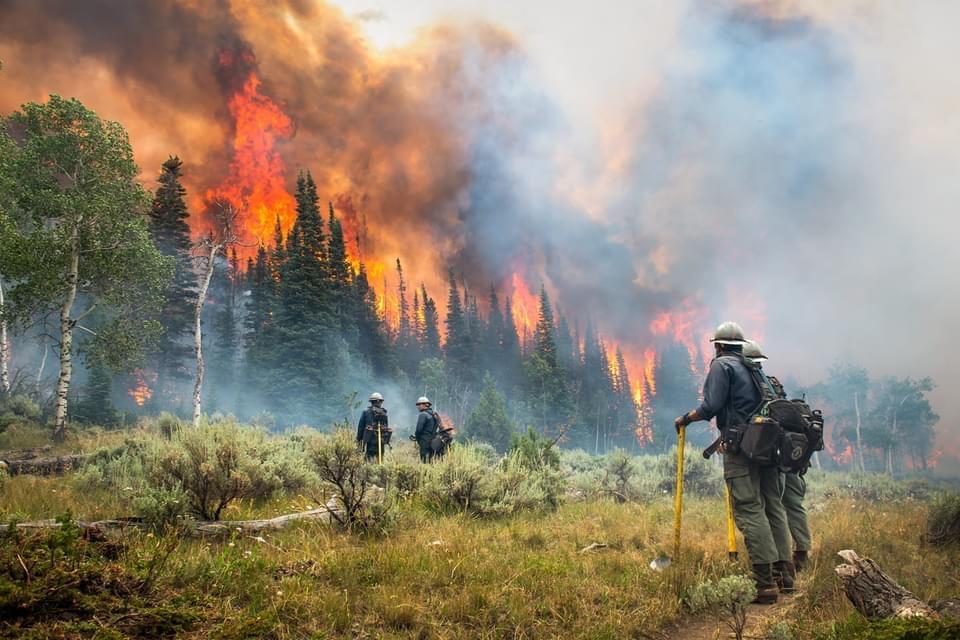A comprehensive US government climate report released Tuesday confirmed that extreme weather linked to climate change is worsening despite drops in US greenhouse gas emissions. The report urged further action to mitigate potentially catastrophic consequences across the country.
The Fifth National Climate Assessment report comes amid a rash of extreme weather events that have affected nearly every part of the US this year, from deadly wildfires in Maui to intense rainfall and flooding in the Northeast. The assessment was mandated by the Global Change Research Act of 1990 and required the US Global Change Research Program to deliver a report at least every four years that “integrates, evaluates, and interprets the findings of the Program.” It “analyzes the effects of global change” on the environment, agriculture, energy and human activity induced both naturally and by humans while projecting “major trends” for the subsequent century.
The report described the increase in extreme weather as “unprecedented over thousands of years” and warned that as global greenhouse gas emissions increase the planet would suffer from “large scale changes” in temperature, sea levels, ocean acidification and rainfall patterns:
As the world’s climate has shifted toward warmer conditions, the frequency and intensity of extreme cold events have declined over much of the US, while the frequency, intensity, and duration of extreme heat have increased. Across all regions of the US, people are experiencing warming temperatures and longer-lasting heatwaves. Over much of the country, nighttime temperatures and winter temperatures have warmed more rapidly than daytime and summer temperatures. Many other extremes, including heavy precipitation, drought, flooding, wildfire, and hurricanes, are becoming more frequent and/or severe, with a cascade of effects in every part of the country.
The report made a “conservative estimate” that extreme weather events cost the US nearly “$150 billion each year” and described an increase from one billion-dollar disaster every four months to one every three weeks, on average. Additionally, the assessment expanded on the disproportionate effect that these events have had on low-income communities and minorities, including tribes and indigenous peoples who have less access to disaster relief and vital infrastructure. It further projected that the harmful impact will increase in the near term, exacerbating inequities, and threatening water supplies, agriculture, and infrastructure.
According to the document, the extreme weather is “unequivocally caused by greenhouse gas emissions from human activities.” It recommended additional mitigation strategies to supplement current ones including the expansion of solar and wind energy, transitioning transportation systems to zero-carbon alternatives, improving urban planning and increasing the “efficiency of food production, distribution and consumption.” The document also recommended reforestation and the restoration of costal ecosystems to decrease carbon levels in the air.
Despite the bleak projections, a press statement from the Biden administration touted its climate agenda and highlighted the reduction of US greenhouse gas emissions while also expressing faith in the “robust scientific findings” of the new assessment. The administration, in coordination with the report, announced “more than $6 billion in investments to make communities across the country more resilient to the impacts of climate change” including investments in infrastructure, conservation, and the stated goal of reaching net-zero carbon emissions by 2050.


